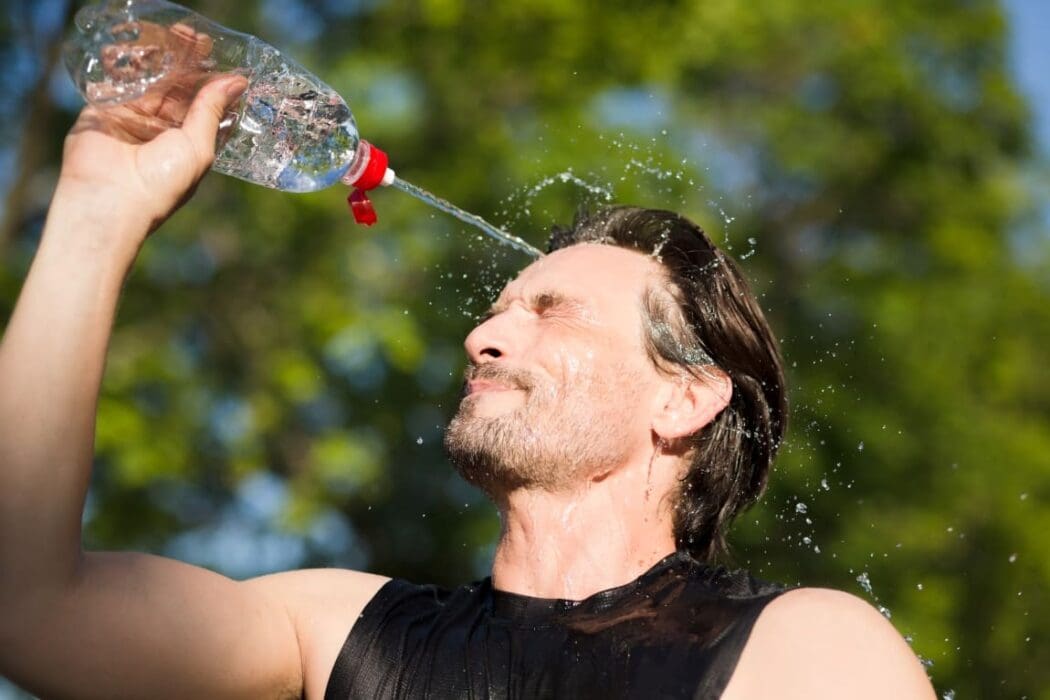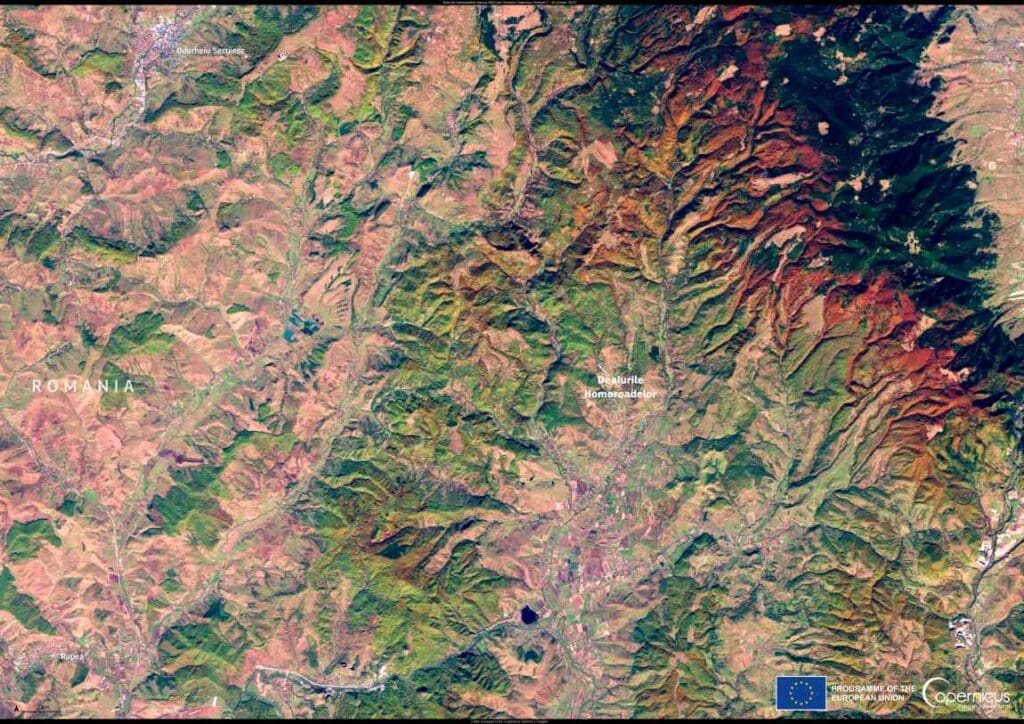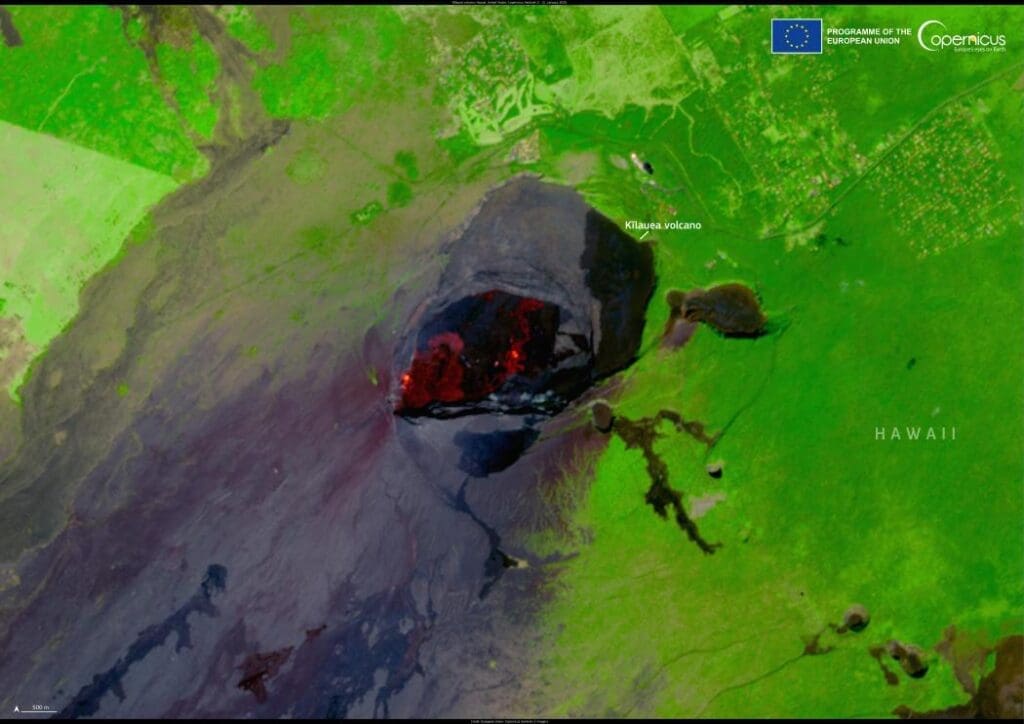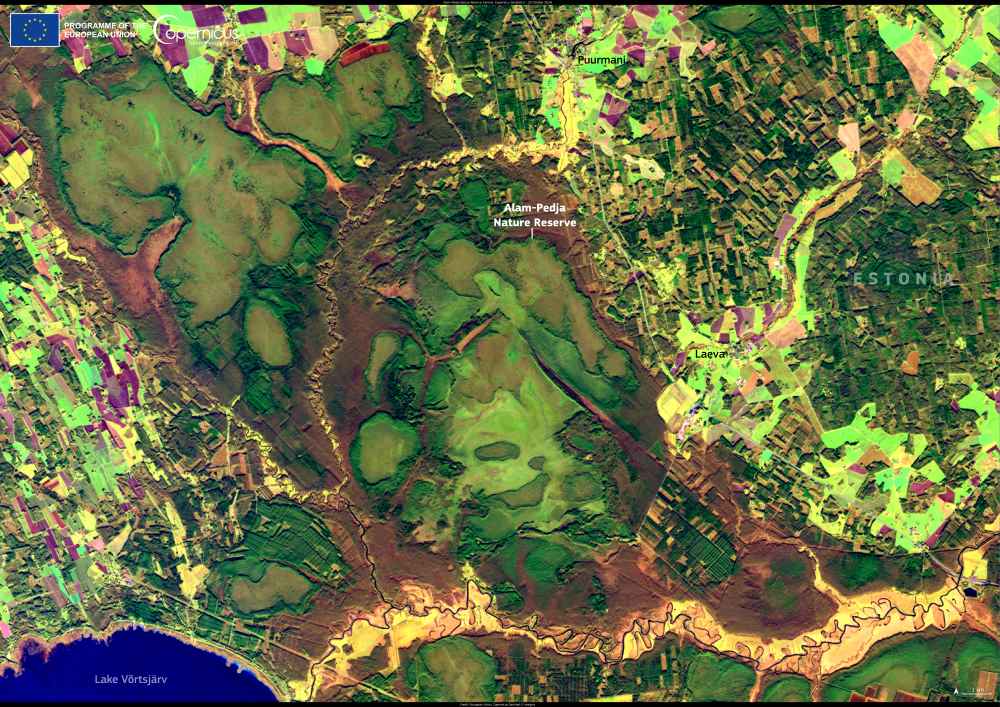In a dire warning issued yesterday, Dr. Hans Henri P. Kluge, WHO Regional Director for Europe, highlighted the escalating threat of extreme heat in the WHO European Region, which is already claiming over 175,000 lives annually. With the region warming at twice the global average rate, the death toll from heat-related causes is expected to rise significantly.
“The WHO European Region is the fastest-warming of the six WHO regions,” stated Dr. Kluge. “The three warmest years on record for the region have all occurred since 2020, with the ten warmest years recorded since 2007. People are paying the ultimate price.”
Dr. Kluge’s statement follows a recent call to action by United Nations Secretary-General António Guterres, addressing the deadly impacts of rising global temperatures. Between 2000 and 2019, approximately 489,000 heat-related deaths occurred annually worldwide, with the European region accounting for 36% of these deaths.
The Secretary-General’s call emphasizes four critical areas: caring for the vulnerable, protecting workers, boosting resilience of economies and societies, and limiting global temperature rise to 1.5°C. This call is particularly relevant for Europe, where heat-related mortality has increased by 30% over the past 20 years.
“Heat stress is the leading cause of climate-related death in our region,” Dr. Kluge said. “Extreme temperatures exacerbate chronic conditions such as cardiovascular, respiratory, and cerebrovascular diseases, as well as mental health and diabetes-related conditions. The elderly and pregnant women are particularly at risk.”
Despite more than 20 countries in the region having heat–health action plans, Dr. Kluge stressed that more needs to be done. WHO/Europe is currently developing an updated edition of its heat–health action plan guidance, aimed at helping national and local governments better manage heat risks.
“The adverse health effects of hot weather are largely preventable through good public health practices,” Dr. Kluge asserted. “If we are better prepared for a hotter region, we can save many lives.”
As part of its ongoing efforts, WHO/Europe is promoting its annual #KeepCool campaign, offering simple yet effective advice to mitigate the dangers of extreme heat. Recommendations include staying out of the heat, keeping homes cool, staying hydrated, and checking on vulnerable individuals.
“We must strengthen coordinated action to protect our health from this direct and deadly impact of a changing climate,” concluded Dr. Kluge. “I fully support the Secretary-General’s urgent call to action to address this global threat to public health.”
For more information on the #KeepCool campaign and heat–health action plans, visit the WHO Europe website.
Source: WHO/Europe Featured image credit: LipikStockMedia | Freepik




